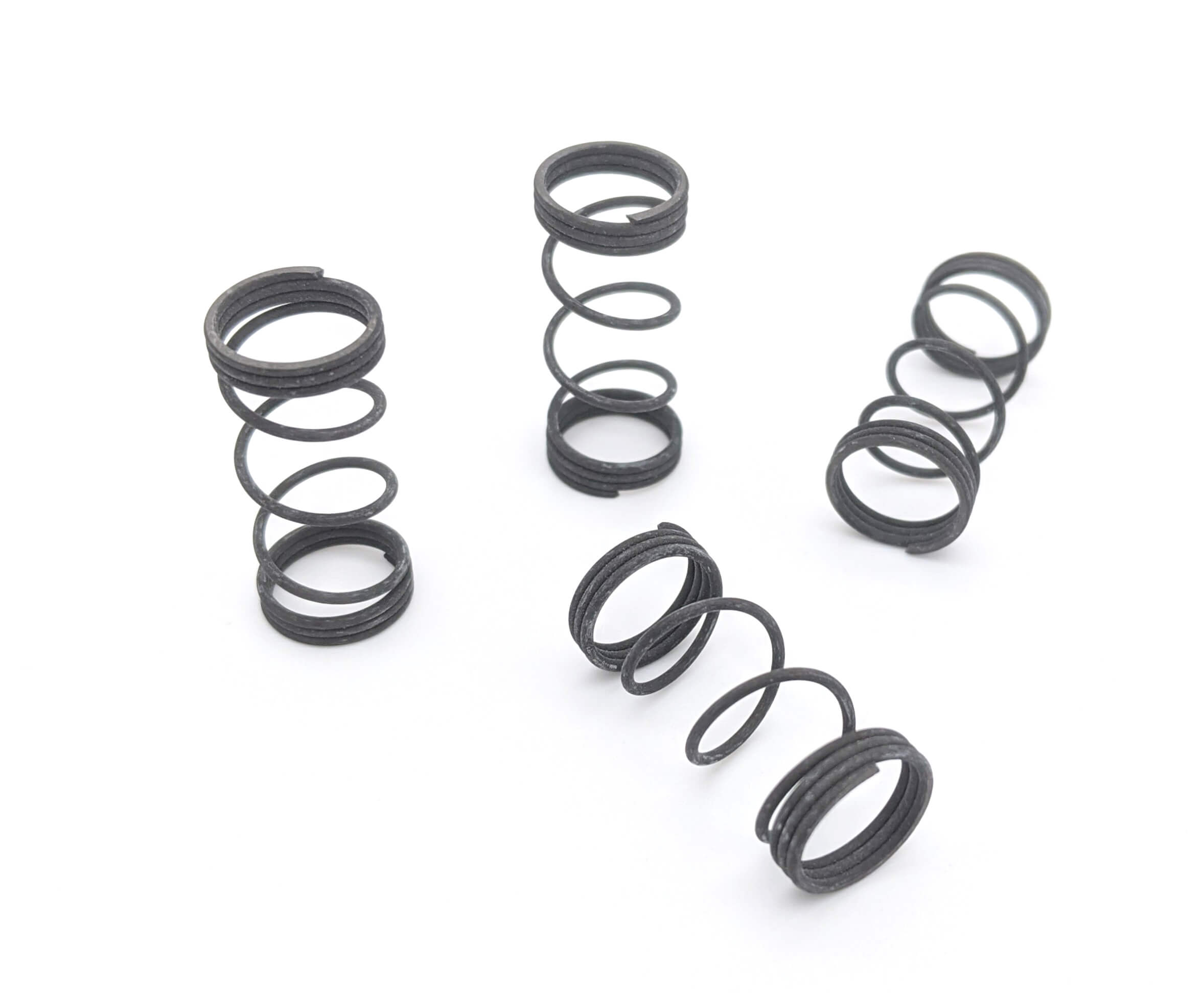Get unique, complex parts easily. No matter your requirements, Chaoyi Spring creates hard-to-produce coil springs and wire forms.
Let us help you create the custom wire form you need, from S-hooks and J-hooks to utility hooks and more.
We work closely with customers across a wide range of industries, helping them design and manufacture made-to-order parts.
Why choose Chaoyi Spring? We prioritize customer-focused collaboration, modern equipment and the latest technology to make your parts per print.
Find the information and guidance you need, from measuring a spring to learning about materials, placing an order and much more.
Garage doors, the unsung heroes of our homes, silently open and close, protecting our vehicles and belongings. But have you ever stopped to think about the intricate mechanisms that make


Garage doors, the unsung heroes of our homes, silently open and close, protecting our vehicles and belongings. But have you ever stopped to think about the intricate mechanisms that make this seemingly simple action possible? One crucial component, often overlooked, is the torsion spring. It's the coiled powerhouse that stores and releases energy, enabling your garage door to effortlessly rise and fall. Understanding torsion springs, their characteristics, and how to read a torsion spring chart is essential for maintaining the smooth operation of your garage door.

Imagine a garage door as a large, heavy object that needs to be lifted with ease. That's where the torsion spring comes in. It's a tightly wound coil of high-grade steel, typically located above the door's opening, and it acts as a force multiplier, making the task of lifting and lowering your garage door a breeze. When you pull on the door handle, you're actually engaging the torsion spring. As the door rises, the spring unwinds, storing energy, and as you lower the door, the spring winds back up, releasing the energy smoothly. This dynamic exchange ensures a controlled and safe operation of your garage door.
To properly maintain and troubleshoot your garage door, it's crucial to understand the information provided on a torsion spring chart. These charts, typically found on the spring itself or in your garage door manual, contain vital details about the spring's characteristics. Here's a breakdown of the essential information you'll find:
These details are crucial for maintaining and troubleshooting your garage door system. If you're unsure how to read a torsion spring chart or are planning on replacing your springs, it's always best to consult with a qualified garage door technician. They can help you interpret the information on the chart, ensure you have the correct replacement spring, and safely install it.
A torsion spring is more than just a coiled piece of metal; it's a vital component in a complex system. To appreciate its full impact, consider the role it plays in maintaining the safety and efficiency of your garage door.
Firstly, a torsion spring is responsible for counterbalancing the weight of the door, ensuring that it can be lifted and lowered effortlessly. Without it, the door would be incredibly heavy and difficult to operate, posing a risk to anyone attempting to use it. A properly installed and maintained torsion spring eliminates this risk, making your garage door safe and user-friendly.
Secondly, the spring acts as a shock absorber, absorbing the impact of the door as it comes down. This feature prevents sudden jolts and vibrations, protecting both the door and the surrounding structure. Think of it as a buffer, ensuring a smooth and gentle closing action.
Lastly, the torsion spring plays a key role in ensuring the longevity of your garage door system. A well-balanced door that operates smoothly with the aid of a torsion spring is less prone to wear and tear, ultimately extending its lifespan. Investing in proper torsion spring maintenance can save you money in the long run.
While the torsion spring is a robust component, it can eventually wear down and require replacement. Here are some telltale signs that your garage door torsion spring may be nearing the end of its life:
Torsion springs are powerful components that should be handled with respect. Working with them can be dangerous, and even experienced professionals take safety precautions. Here are some crucial safety tips to keep in mind:
Remember, a garage door is a vital part of your home's security and safety. Taking the time to understand torsion springs and their importance in maintaining your door's smooth operation can save you time, money, and most importantly, prevent potential accidents. If you have any doubts or concerns, don't hesitate to consult with a qualified professional.
The torsion spring is a vital component of your garage door, responsible for ensuring smooth operation and safety. Understanding its characteristics and how to read a torsion spring chart is essential for maintaining your door's functionality. While these springs are powerful, they can be dangerous if not handled correctly. Always consult with a qualified garage door technician for any repair or replacement needs, and prioritize safety by following our guidelines.
Browse some of the custom wire forms and springs that we manufacture. Don’t see what you need? We specialize in made-to-order products that meet your application requirements.
Visit Our GalleryNeed a custom wire form or coil spring? We make it work. Fill out the contact form and a representative will respond within 1 business day. If you have a PDF or CAD file, you can submit to request a quote.